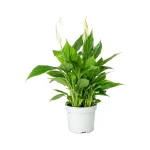
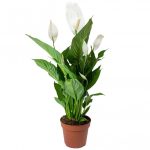
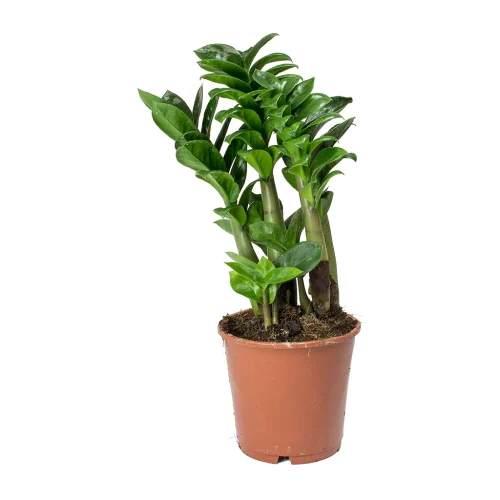
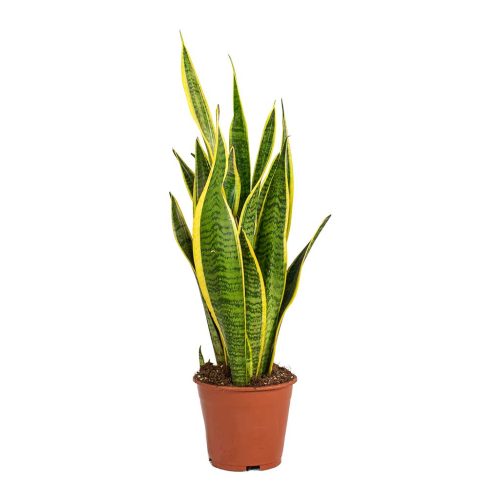
Spathiphyllum – Bellini – Peace Lily plant
3,250.00 LKR
Product Deatils
- Common Name – Peace lily, spath lily
- Botanical Name – Spathiphyllum spp.
- Family – Araceae
- Height – 24cm – 36cm (This plant size is between mention size)
- Note – Plant may not look like on the pitcher but will make sure you will have good quality plant. ( You can request for your ordered plant pitcher before deliver)
- What Include – Plant (Medium Bush with Flower or Flowerless) & Soil with Plastic pot
- Delivery – Plant only Deliver on within Colombo & Suburb (we don’t deliver the plant by courier, we will deliver i n person with our delivery team)
- Plant Type – Flowering tropical plant
- Mature Size – 1–3 ft. tall; up to 6 feet tall outdoors
- Sun Exposure – Partial shade
- Soil Type – Moist but well-drained
- Soil PH – Acidic
- Bloom Time – Spring
- Flower Color – White or yellow
- Native Area – Central America, Asia
Out of stock
Spathiphyllum-Bellini – Peace Lily plant
Peace lilies are tropical species and hybrid from the Spathiphyllum genus that are a favorite flowering houseplant. A striking plant when used in mass display, the peace lily blooms in spring with long-lasting flower stalks that hover gracefully over the foliage. The plant has glossy oval leaves with points that emerge from the soil. A well-grown peace lily may bloom twice a year, resulting in several months of flowers.
When grown in the garden in the tropical and subtropical climates where they are hardy, peace lilies are normally planted in the spring while it is still cool. As houseplants, they can be purchased and brought into the home at any time, though you will want to protect the plants from cold temperatures as you move them from the store to your home. They are moderate growers and will reach maturity in around three years.
Peace Lily Care
Peace lilies are generally grown as potted houseplants in the United States, as most areas are not conducive to growing the plant outdoors. If you have potted peace lilies, you can move them outside during the summer months, but once temperatures dip, it’s a good idea to bring them back inside.
Peace lilies enjoy moderately moist soil and filtered sunlight, along with consistently temperate conditions. These plants are free of most of the diseases and pests that can plague indoor plants, but they can be susceptible to scale and mealybugs.
Light
Peace lilies are shade-loving plants in their native habitats, but when grown indoors they need a bit more filtered light, though not direct sunlight (some varieties can withstand more light than others). Curled, pale leaves generally indicate that the plant is receiving too much light and scorched leaves indicate too much direct sun. In either case, the plant should be moved to a shadier location.
Soil
Peace lilies like rich, loose potting soil that contains plenty of organic matter. These plants are native to tropical canopy conditions where the soil is packed with deteriorating plant material, so you’ll find the best success with soil that mimics this composition. Additionally, the plant is also very sensitive to too-damp soil conditions, so be sure to choose a well-draining mixture and pot the plant in a terracotta or clay vessel that can wick away excess moisture.
Water
Peace lilies much prefer being underwatered rather than overwatered, so take care to water them only when they’re dry at least an inch below the surface. During the summer, mist peace lilies frequently because they thrive with higher humidity like is typical in a rainforest. In winter, reduce watering but never allow the soil to dry out completely. If your water at home is highly chlorinated, it’s a good idea to use filtered water. Alternatively, you can allow tap water to sit for several days until the chlorine evaporates out.
Temperature and Humidity
These plants really prefer moist warmth. Avoid cold drafts and temperatures that fall below 55 degrees Fahrenheit—the plant will die when exposed to prolonged cold temperatures. The ideal temperature range for your peace lily is 65 to 80 degrees Fahrenheit. Spritz the leaves every week with softened or distilled water throughout the summer growing season.
Fertilizer
Peace lilies appreciate frequent feedings, which result in the strongest plant and seasonal blooming. Feed your plant weekly in the summer or use slow-release pellets at the beginning of the season. You do not need to fertilize the plant during the winter.
| Weight | 2 kg |
|---|---|
| Dimensions | 40 × 40 × 40 cm |
| SIZE |
MEDIUM POT 10'' ,SMALL POT 5'' |


MAECENAS IACULIS
Vestibulum curae torquent diam diam commodo parturient penatibus nunc dui adipiscing convallis bulum parturient suspendisse parturient a.Parturient in parturient scelerisque nibh lectus quam a natoque adipiscing a vestibulum hendrerit et pharetra fames nunc natoque dui.
ADIPISCING CONVALLIS BULUM
- Vestibulum penatibus nunc dui adipiscing convallis bulum parturient suspendisse.
- Abitur parturient praesent lectus quam a natoque adipiscing a vestibulum hendre.
- Diam parturient dictumst parturient scelerisque nibh lectus.
Scelerisque adipiscing bibendum sem vestibulum et in a a a purus lectus faucibus lobortis tincidunt purus lectus nisl class eros.Condimentum a et ullamcorper dictumst mus et tristique elementum nam inceptos hac parturient scelerisque vestibulum amet elit ut volutpat.
Related products
2 Piece Arch Gold Round Plant Stand
2 Piece Gold Rod Round Plant Pot Stand
2 Piece Kandyan Round Plant Stand
2 Tier Modern Bloom Plant Stand
- Type: Metal Plant Stand
- Material: Base – Metal
- Colour: Gold,Black,Pink,White,Blue
- Number of Items Included:1
- Outdoor Use: No
- Care Instructions: Wipe with dry cloth
- Assembly Required: No
- Model number – gold- PS100 / Black- ps101 / blue - ps102 / pink - ps 103 / white- ps106
- Size – 9''x 30''
Chrysalidocarpus lutescens – Areca Palm
- Common Names - Areca palm, bamboo palm, golden cane palm, yellow palmBotanical Name . Dypsis lutescens (formerly Chrysalidocarpus lutescens)
- Height – 30cm – 60cm (This plant size is between mention size)
- Note – Plant may not look like on the picture but will make sure you will have good quality plant. ( You can request for your ordered plant pitcher before deliver)
- What Include – Plant & Soil with Plastic pot
- Delivery – Plant only Deliver on within Colombo & Suburb (we don’t deliver the plant by courier, we will deliver i n person with our delivery team
- Family - Arecaceae
- Plant Type - Palm or cycad
- Mature Size - 12-30 feet tall outdoors with a crown spread of 10-20 feet; 8 feet tall indoors
- Sun Exposure - Full to partial sun
- Soil Type - Moist, well-draine
- Soil pH - Acidic, neutral
- Bloom Time - Summer
- Flower Color - Pale yellow
- Native Area - Madagascar
Fiddle Leaf Fig
- Common Name: Fiddle-Leaf Fig
- Height – 45cm – 60cm (This plant size is between mention size)
- Note – Plant may not look like on the picture but will make sure you will have good quality plant. ( You can request for your ordered plant pitcher before deliver)
- What Include – Plant & Soil with Plastic pot
- Delivery – Plant only Deliver on within Colombo & Suburb (we don’t deliver the plant by courier, we will deliver i n person with our delivery team)
- LARGE, DISTINCTIVE FOLIAGE - The Fiddle-Leaf Fig has larger leaves than most Ficus plants. Each leaf bears green colour, striking veins, as well as a unique and trendy look.
- HEIGHT & PRESENCE - An upright growth habit ensures it makes a great impact indoors. Multiple sizes are available - the tallest reaches an impressive height of 100cm!
- PROMINENT INDOOR PLANT - It certainly packs a punch and, due to its vibrant, fiddle-shaped leaves, the Fig is a striking focal point for any home or office.
- BRILLIANT AIR CLEANSER - Being an efficient air purifier, the plant will improve air quality by removing any harmful pollutants and unwanted toxins.
- SIMPLE CARE - A spot with equal exposure to shade and sun is preferred. Regularly mist and water the plant, increasing water levels if the leaves begin to droop.
Golden Pothos Plant
- Common Name - Pothos, golden pothos
- Botanical Name - Epipremnum aureum
- Height - 24cm – 34cm (This plant size is between mention size)
- Note - Plant may not look like on the picture but will make sure you will have good quality plant. ( You can request for your ordered plant pitcher before deliver)
- What Include - Plant & Soil with Plastic pot
- Delivery - Plant only Deliver on within Colombo & Suburb (we don’t deliver the plant by courier, we will deliver i n person with our delivery team)
- Family - Araceae
- Plant Type - Vine
- Sun Exposure - Full sun, partial shade
- Soil Type - Moist but well-drained
- Native - South Pacific
Sansevieria – zeylanica – Snake Plant
- Common - Name Snake plant
- Botanical Name - Sansevieria-zeylanica
- Height - 45cm – 60cm (This plant size is between mention size)
- Note - Plant may not look like on the picture but will make sure you will have good quality plant. ( You can request for your ordered plant pitcher before deliver)
- What Include – Plant ( 8- 12 Leaf) & Soil with Plastic pot
- Delivery - Plant only Deliver on within Colombo & Suburb (we don’t deliver the plant by courier, we will deliver i n person with our delivery team)
- Family - Asparagaceae
- Plant Type - Evergreen, perennial
- Mature Size - Six inches to 3 feet tall
- Sun Exposure - Shade to partial sun
- Soil Type - Sandy, well-drained
- Soil pH - Slightly acidic to slightly alkaline
- Bloom Time - Spring (blooms are rare)
- Flower Color - White
- Native Area - West Africa (tropical)


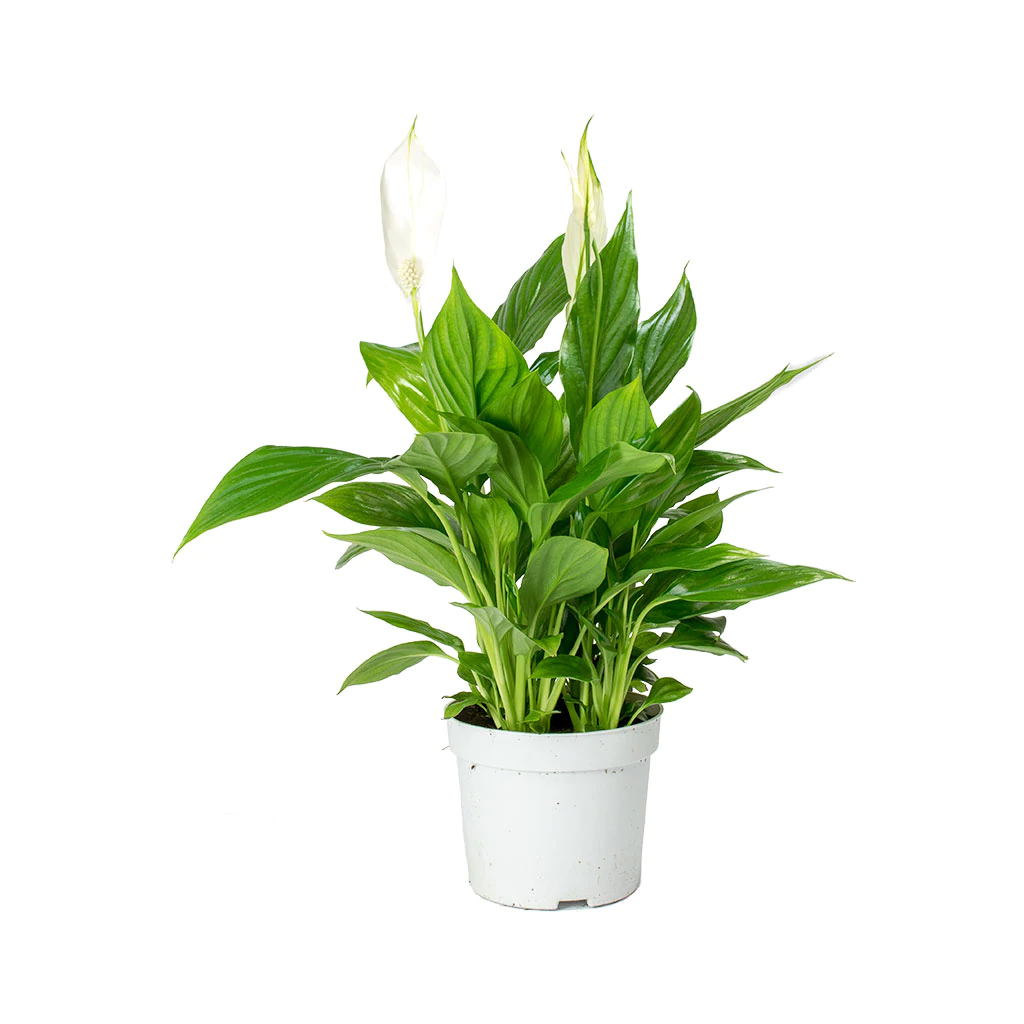
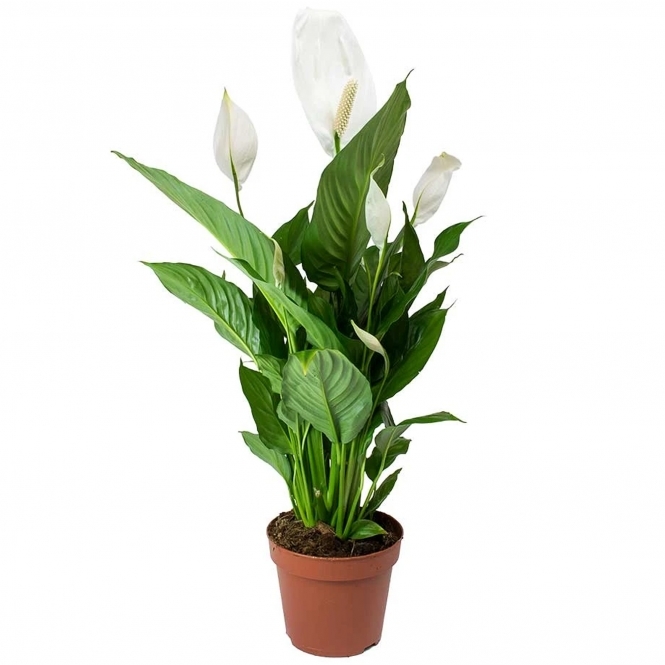

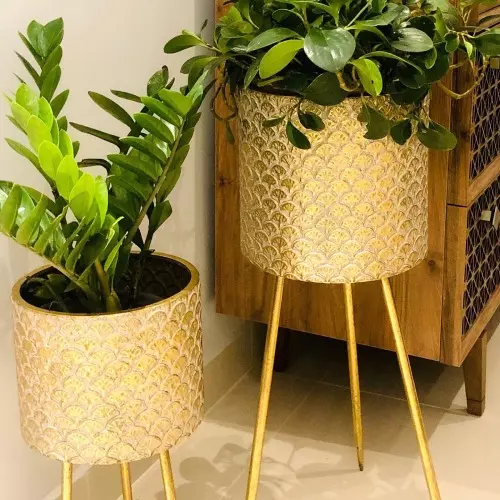

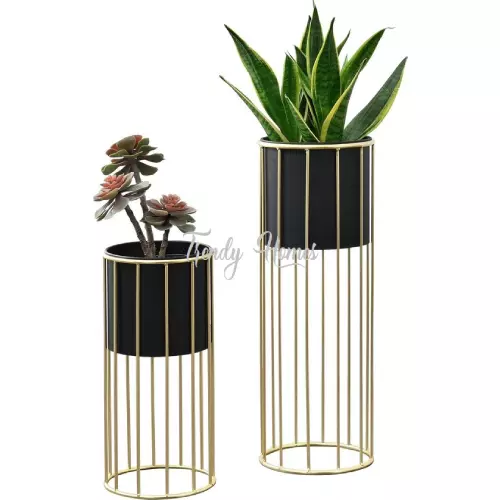




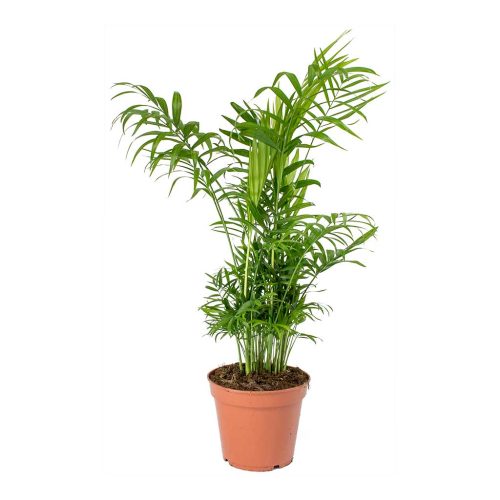
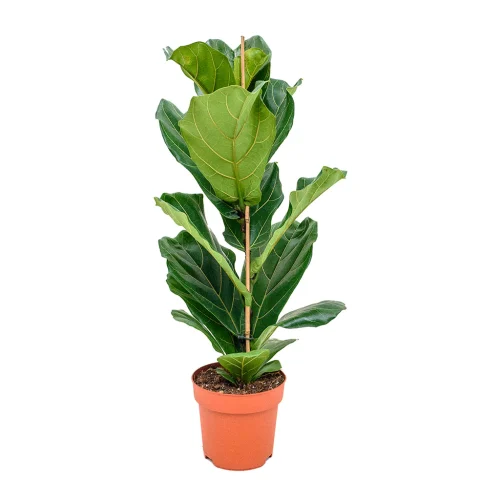

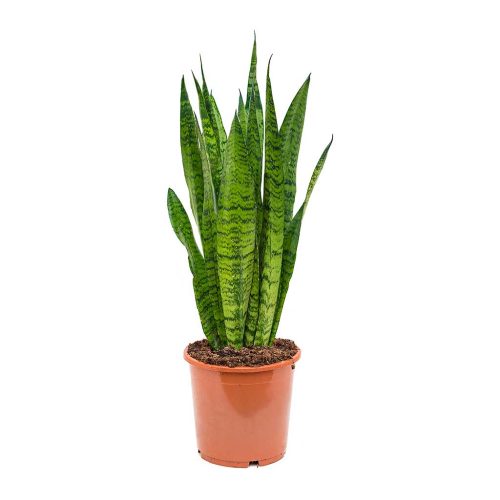
Reviews
There are no reviews yet.